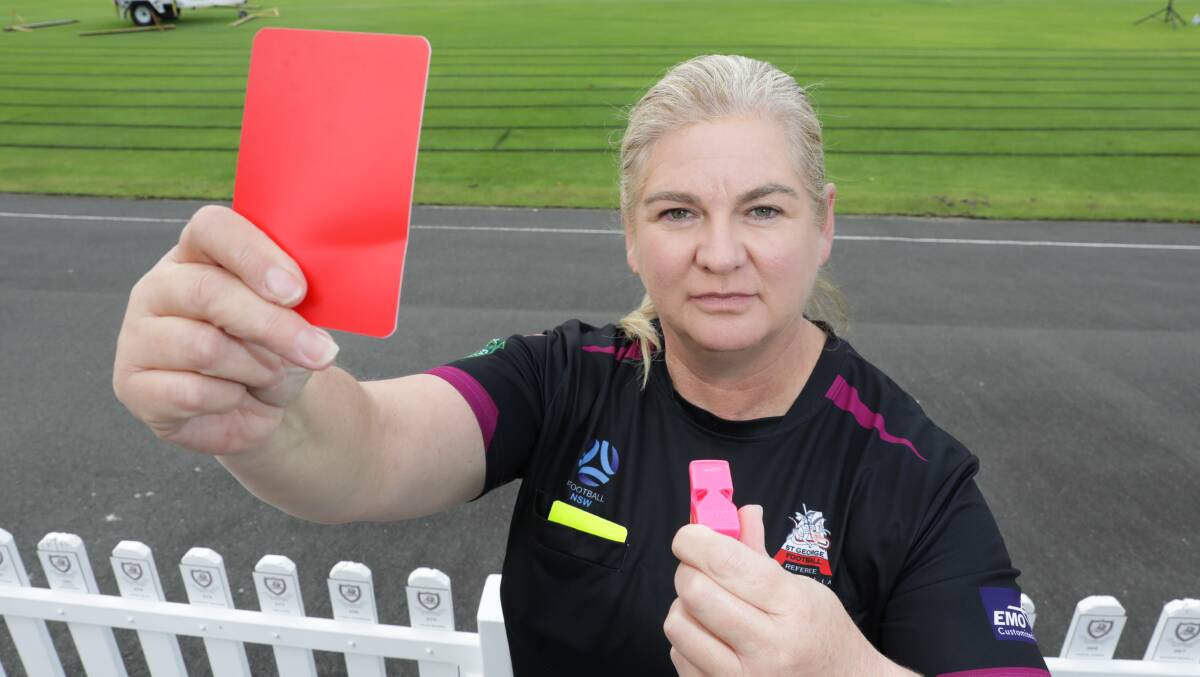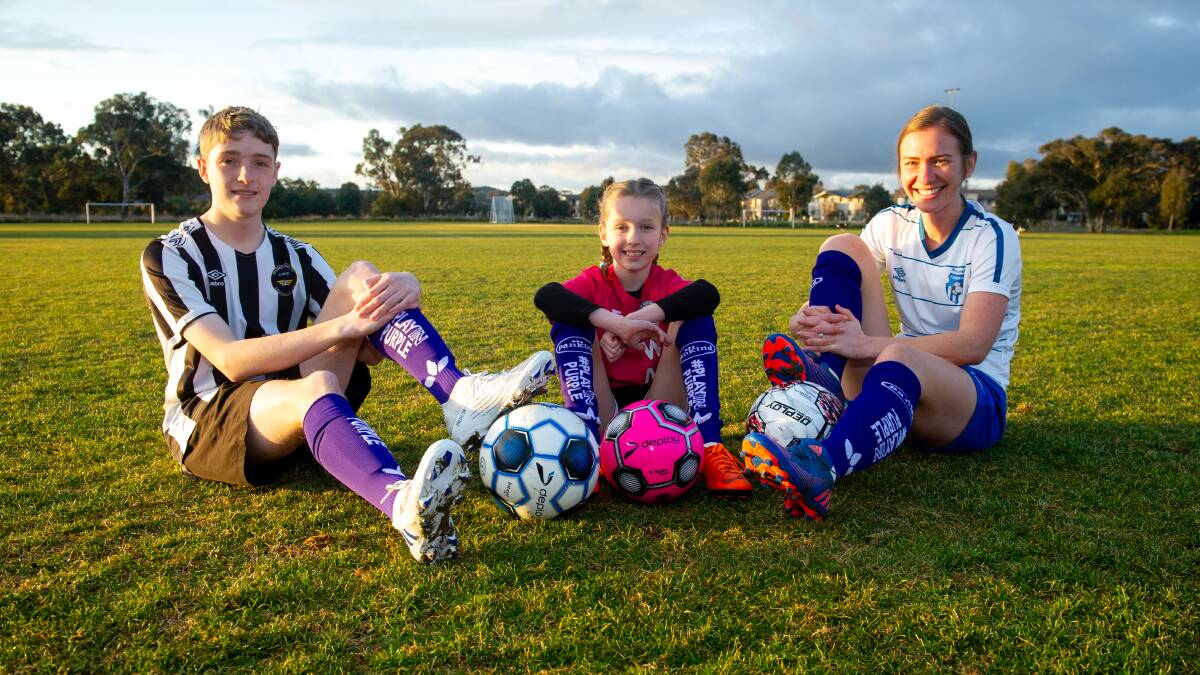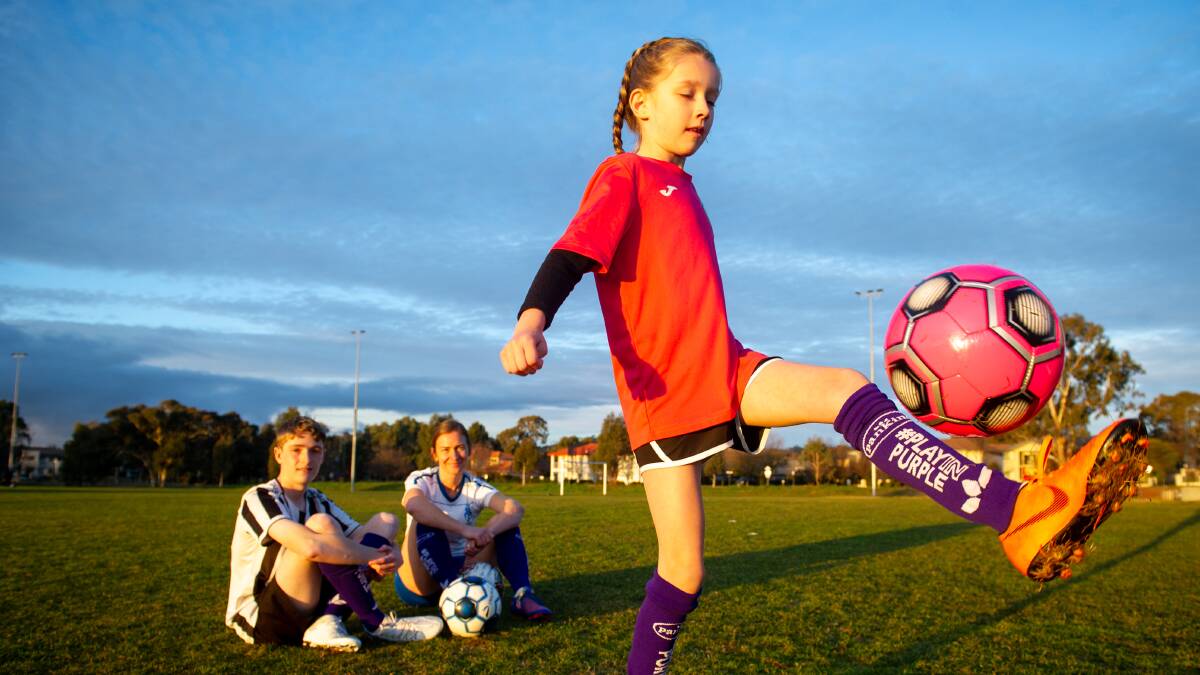WATCH: ‘Bring back the bowlos,’ the decline of lawn bowls around Australia
A worrying decline in support for community clubs could diminish local netball, soccer, hockey and football associations.
This is according to a report from the Australian Sports Foundation, which found that one in four small clubs were considering closing due to financial pressures and a lack of volunteer support.
South West Sport executive officer Marc Tims said these clubs were reluctantly looking at mergers to ensure “their kids still have a club to play sport at”.
Clubs were feeling the pinch more in rural and isolated areas, Mr Tims said.
“Its tough out there – and these are resilient people we are dealing with,” he said.

Rising costs
Rising costs were affecting participation and pushing many clubs toward insolvency, the report surveying 3000 community sporting clubs found.
More than half of the sporting clubs surveyed said the rising cost of living was discouraging community members from joining a club and paying the fees involved.
And clubs are running out of cash. Operating costs have increased by an average of $20,529 per club and almost one third of those surveyed said their financial reserves have decreased in the past year.
In 2021, 47 per cent of clubs reported struggling with rising running costs and that figure jumped to 68 per cent in 2023.

Are teenagers losing interest?
Peak sporting body GippSport executive officer Dan Poynton said the youth age group had traditionally been hard to engage in sports and the challenge continues.
Around one third of clubs reported a decline in participation for 15-19 year-olds, the report said.
Mr Poynton said cost of living pressures were driving teenagers away from hobbies, including sports.
“Many young people are prioritising jobs and earning money on weekends, so the traditional sport competition model doesn’t suit many,” he said.
Where are all the volunteers?
Clubs are struggling to operate with less volunteers and more administration, the report said.
And community clubs depend on “the time and good will” of volunteers who are crucial to keeping the club doors open.
The report said the largest hurdle for 63 per cent of Australian clubs was a lack of volunteers, with 61 per cent reporting the second largest challenge was administration work.
Regional Sport Victoria executive officer Meghan Mayman said volunteers offered significant amounts of time to ensure that community sport was delivered each week.
“Many individuals no longer have the time to devote to volunteering in the way they previously did,” she said.

Looking to the future
Australia has a proud tradition of community sports. Frosty winter mornings belong to teenagers in their team bibs and parents barracking from the sideline with a thermos of coffee and a camping chair.
And clubs are asking for investment in facilities and volunteer support to give community clubs a better chance at survival, the report said.
They identified five keys areas to improve the sustainability of clubs including better facilities and venues, initiatives to keep kids in sport, increased volunteer numbers, expanding school sports programs and identifying talent across communities.
Sports Central Victoria executive officer Michael Flynn said his organisation provides support to clubs to develop plans to “help them get out of the situations they’re in”.
He said this includes fundraising strategies, strategic plans or developing volunteer recruitment ideas.
Mr Flynn encourages community members to check which key roles need to be filled in their local clubs and do what they can to help out.

